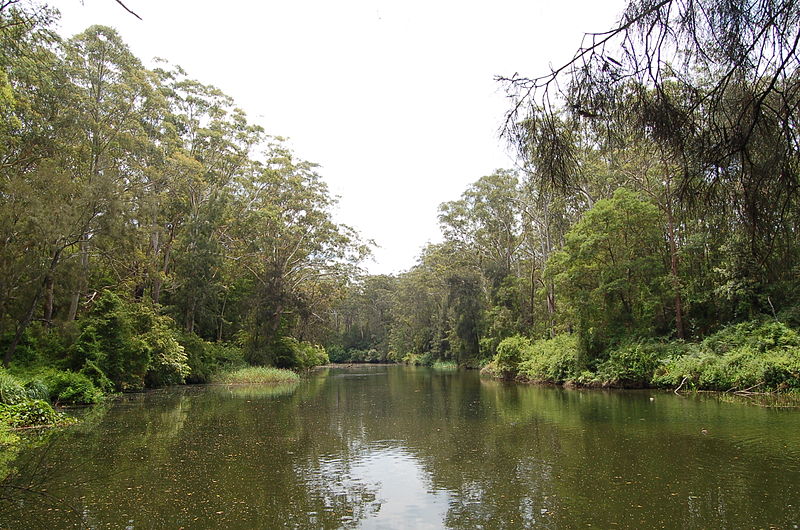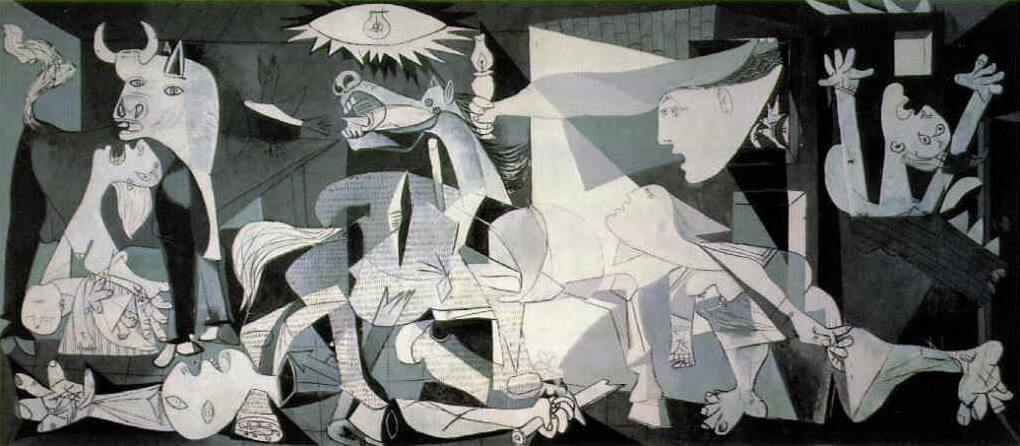British infantryman Charlie “Ginger” Byrne was advancing on the German-held village of Beaumont-Hamel on July 1, 1916, when the other members of his gun crew were hit and he was forced to take refuge in a shallow shell hole. He lay there among the ammunition boxes he’d been carrying with only four inches of earth above his head.
I lay as I fell because I daren’t move. I had my legs folded under me and my bloomin’ bayonet was on my left-hand side. I was dying to move that bayonet out of the way so I could get my hip down lower. But that Jerry decided he hadn’t anything better to do than play his gun across my shell-hole. He knew I wasn’t hit. I knew what he was doing. I was a machine gunner myself, wasn’t I? He’d be holding the two handles of his gun, then he’d tap, tap so it played right across the top of the hole; then he’d turn the wheel at the bottom to lower the barrel and then he’d tap, tap the other side to bring it back again. He was hitting the dust just above my head and he smashed the bloomin’ boxes. Bits of ammo flew about everywhere. In a queer sort of way I was lying there almost admiring what he was doing, as though it wasn’t me he was aiming at. He was a fellow machine-gunner, wasn’t he? And he certainly knew his job. But he just couldn’t get that trajectory low enough.
Byrne waited 14 hours through the interminable summer day with the German gunner “nagging away,” firing just over the hole. “Sometimes he’d stop for a bit and turn the gun on someone else; but he’d got right fond of me. Wasted a lot of ammo on me that Jerry did.” When darkness finally came he crawled and then ran across no-man’s-land and escaped, entirely uninjured.
(From Richard van Emden, Meeting the Enemy: The Human Face of the Great War, 2013.)




